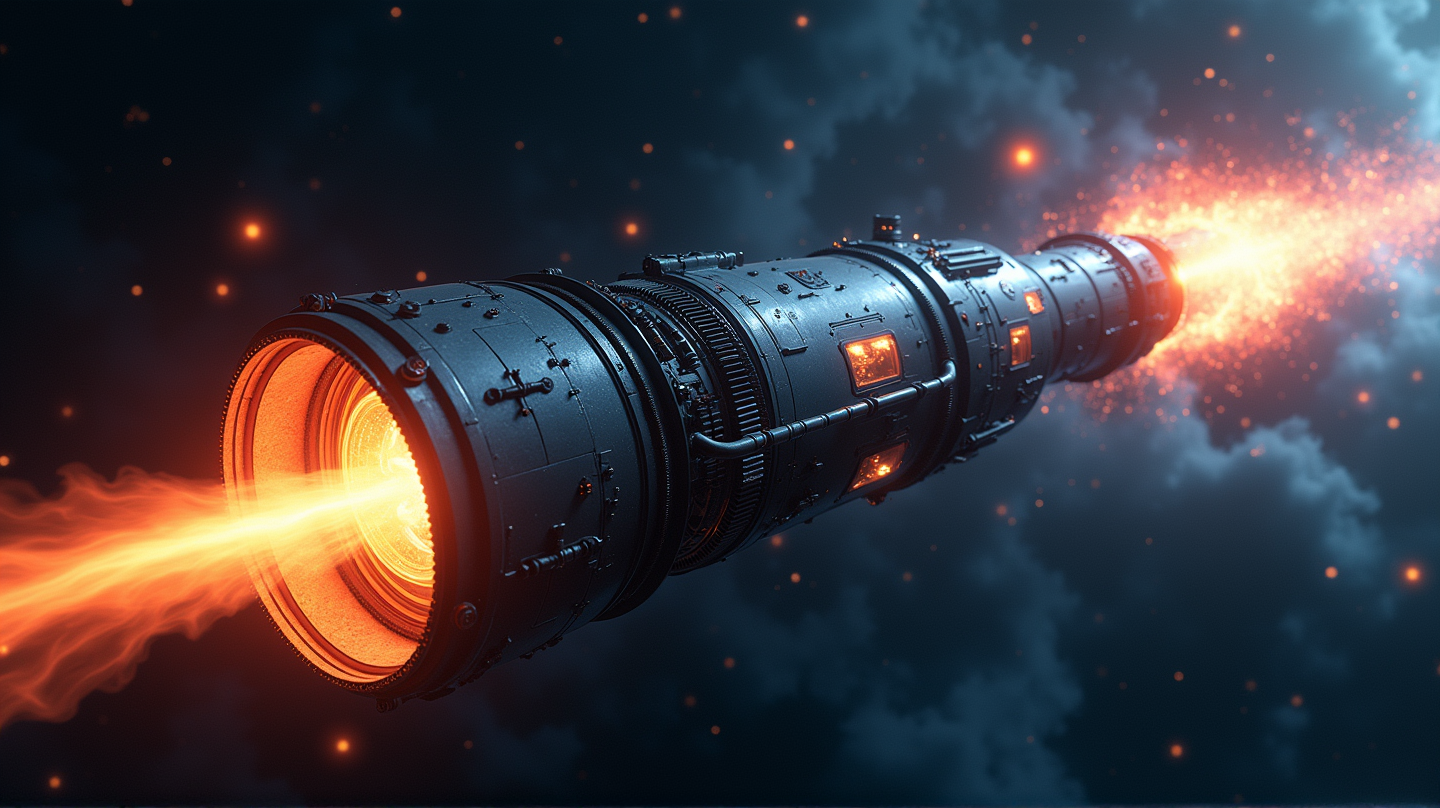Futuristic Fusion Rocket Promises Shorter Trips to Mars and Beyond

Get ready to explore space like never before! A remarkable project, shrouded in secrecy for over a decade, is about to change the future of interplanetary travel. The Sunbird, a groundbreaking nuclear fusion-powered rocket developed by Pulsar Fusion, could revolutionize how we reach cosmic destinations.
The Birth of Sunbird: A Space Odyssey Unveiled
This visionary project was announced by Pulsar Fusion on March 6, 2025, and has rapidly captured the imagination of the space industry. Spearheaded by CEO Richard Dinan, Sunbird aims to employ nuclear fusion propulsion to reduce travel times significantly. Imagine traveling to Pluto in just four years, compared to the current 9.5 years! According to The Daily Galaxy, this could be within reach.
Embracing Fusion: A New Hope in Space Propulsion
Unlike conventional rockets, Sunbird will utilize a Direct Fusion Drive (DDFD) that promises thrust by fusing deuterium and helium-3. Though commercial fusion power is still a dream on Earth, this rocket offers a faster route, leveraging space’s vacuum to tackle existing technical hurdles. While helium-3 is scarce, future plans include mining this isotope from the Moon to support fusion operations.
The Vision of Tomorrow: Faster, Cheaper Space Travel
Should Sunbird succeed, it will not only cut travel time to Mars in half but also establish a network of space docking stations. These “recharge zones” could serve as pivotal junctions, facilitating return trips to Earth and drastically reducing the cost of space travel. Each Sunbird model, described as “alien-like,” stands at 100 feet and is gunmetal-armored to withstand cosmic adversities.
Critical Voices and Future Hurdles
However, the path is not without challenges. Some experts, like MIT’s Paulo Lozano, express skepticism about the viability of compact fusion devices. With initial tests on the horizon, Pulsar Fusion is preparing to simulate potential behaviors within Europe’s largest vacuum chambers. These tests, while not using actual helium-3, will be a crucial step toward realizing the dream.
The Sunbird project, though still in testing phases, ignites a spark of hope and curiosity in the quest for space exploration. As the world watches, the potential to reshape humanity’s reach into the cosmos seems closer than ever. How will this technology evolve? Only time will tell.

